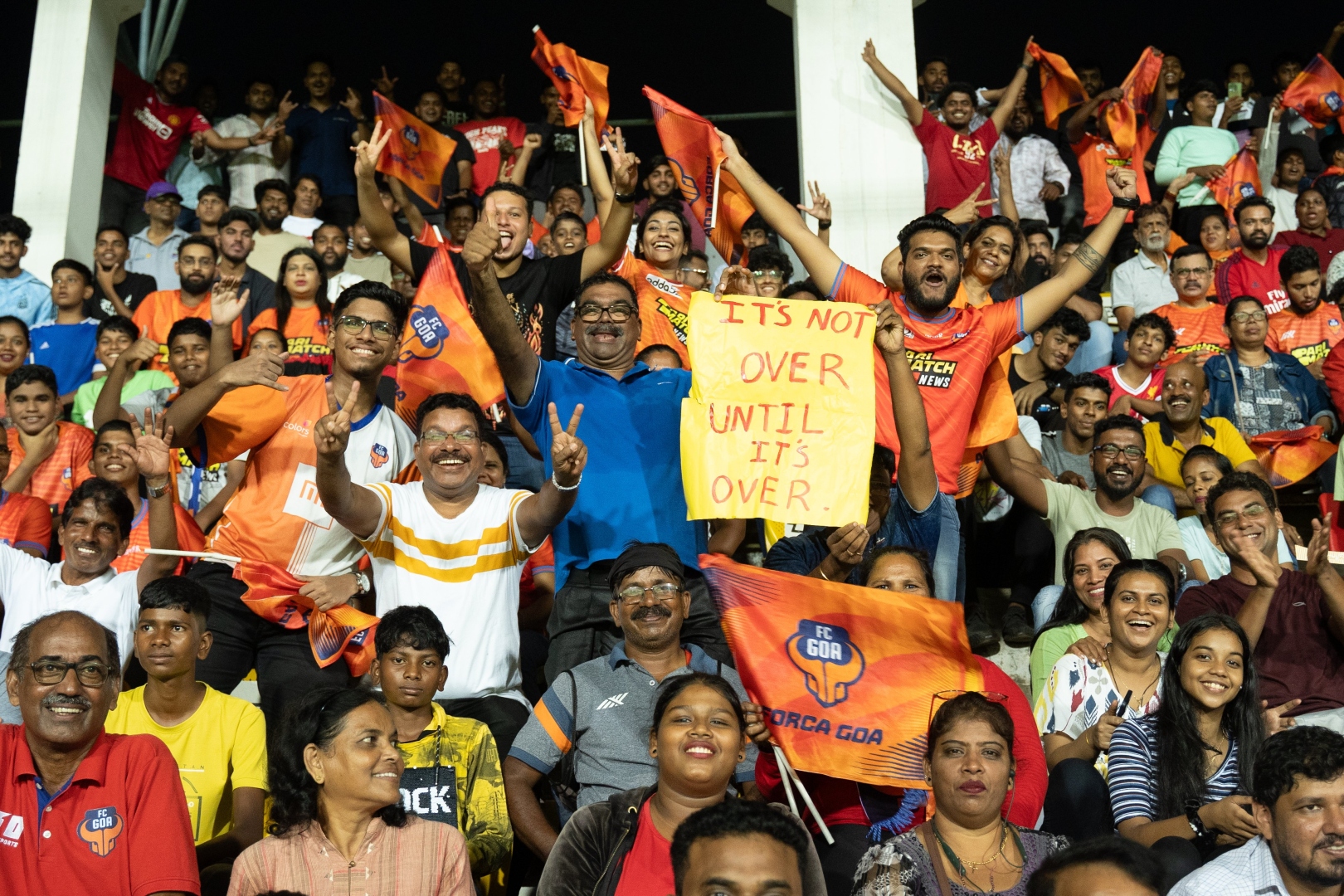Since its inception in 2014, the Indian Super League (ISL) has raised the profile of football in the country, attracting international attention and talent. It has evolved to foster local talent and offered players a viable career path, debunking the historical perception of football as a non-lucrative pursuit in India. However, having reached a saturation point, the league faces hurdles amid calls for a fresher outlook for the future. The Goan explores the journey of the football league, its impact on the sport, and the challenges and opportunities that lie ahead

PANAJI
From the depths of disappointment to the heights of success, the Indian football team's journey in the years 2015-19 reflects a period of significant transformation and growth. Despite facing challenges and setbacks along the way, the team managed to make notable progress, marking a new era for Indian football.
In April 2015, the Indian football team hit its lowest FIFA ranking at 173. However, this period also witnessed crucial changes behind the scenes, with Stephen Constantine returning as head coach. Under Constantine's pragmatic leadership, the team began to implement changes that would eventually yield positive results.
The introduction of the Indian Super League (ISL) in 2014 played a pivotal role in shaping the landscape of Indian football. With the ISL providing a platform for Indian players to showcase their talent alongside foreign stars, it ushered in a new era of professionalism and competitiveness. Additionally, the success of clubs like Bengaluru FC, which received strong corporate backing, further contributed to the growth of Indian football.
The years 2015 and 2016 saw India put together commendable performances, reaching the second round of the FIFA World Cup Qualifiers and winning the 2015 SAFF Championship. This success propelled India up the FIFA rankings, with the team breaking into the top 100 for the first time in 21 years in May 2017.
2017 proved to be a landmark year for Indian football, as the team remained unbeaten throughout the calendar year and secured qualification for the 2019 AFC Asian Cup. The team's remarkable run saw them break into the top 100 of the FIFA rankings, ending the year in 105th position.
Under Constantine's successor, Igor Stimac, India continued to strive for success. Although results were mixed, with the team ending 2019 in the 108th spot, there were notable achievements, such as holding Asian champions Qatar to a 0-0 draw.
In 2023, India enjoyed success in the Intercontinental Cup and the SAFF Championship, allowing them to break into the top 100 rankings. However, a challenging outing in the AFC Asian Cup 2023 saw India's ranking drop to 117, their worst since 2017.
Despite recent setbacks, India's ranking currently stands at 121. While this represents a decline from their best ranking of 94 in 1996, it is important to recognize the progress made over the years. The team's journey from obscurity to international recognition serves as a testament to the dedication and hard work of players, coaches, and administrators alike.
Moving forward, India must address areas of weakness and continue to invest in grassroots development and infrastructure to sustain their progress. With a strong foundation in place and a growing talent pool, Indian football has the potential to achieve even greater heights in the years to come.
ISL evolution and its importance
The Indian Super League (ISL) is the top-flight football league in India, managed by the All India Football Federation (AIFF) and its commercial partner, Football Sports Development Limited (FSDL). The league comprises 13 clubs from across the nation and typically runs from September to March.
The ISL season features a 22-round regular season followed by playoffs involving the top six teams. The climax of the season is the ISL Final, where the ISL Cup champions are determined. In the past, the ISL Cup winners were considered champions; however, starting from the 2022-23 season, the team finishing atop the regular season standings is now designated as the champion.
Despite the absence of promotion and relegation, ISL clubs have the opportunity to compete in Asian continental club competitions. The regular season premiers qualify directly for the subsequent season's AFC Champions League 2 group stage.
Established on October 21, 2013, the ISL aims to promote football in India and increase its popularity nationwide. The league's inaugural season began in October 2014 with eight participating teams. Initially, the ISL operated without official recognition from the Asian Football Confederation (AFC). Inspired by the Indian Premier League, the league's format mirrored the franchise-based cricket tournament's structure.
In the early years, each ISL season lasted three months, with matches held daily. However, ahead of the 2017-18 season, the league expanded to include 10 teams and extended its duration to six months. These changes led to the ISL receiving official recognition from the AFC, marking a significant milestone in its development.